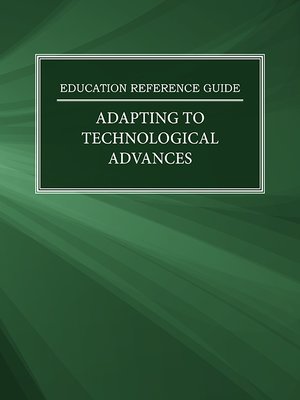
Sign up to save your library
With an OverDrive account, you can save your favorite libraries for at-a-glance information about availability. Find out more about OverDrive accounts.
Find this title in Libby, the library reading app by OverDrive.



Search for a digital library with this title
Title found at these libraries:
| Library Name | Distance |
|---|---|
| Loading... |
The collection begins with Jennifer Bouchard’s overview of virtual learning in public schools and how these technologies
can be used to enhance instruction and to provide students with the flexibility to learn at their own pace.
Maureen McMahon defines Information Technology Literacy, and stresses how computer literacy is critical in ensuring
a student’s competitiveness in a technology-based workforce. Technology can enter the classroom in many forms,
including television, which Matt Donnelly explains can provide valuable educational programming. However, television
has “struggled to find a role alongside more interactive educational resources such as the worldwide web.”
Donnelly then looks at the impact of artificial intelligence on education, arguing that it can help make classrooms
“more dynamic, learner-focused and creatively stimulating.” Taking a historical look at classroom technology, Kathryn
Cook outlines the presence of computers in public school classrooms from the early 1990s to the present, where
the majority of U.S. classrooms have computers wired for Internet access. Cook also stresses the role of a teacher’s
technological literacy in effectively integrating technology into their instruction. Donnelly furthers this idea with an
in-depth article on the digital divide, or the unequal access to computers and other technology, which often “highlights
preexisting racial and economic disparities in American societies.” According to Donnelly, maintaining access to computer
and Internet technology in public schools should continue to be a national priority. Another growing importance
is Science, Technology, Engineering, and Mathematics (STEM) education and the national efforts made to increase
education funding for these fields. The following article describes the role of hypermedia in education; as a fusion of
text, audio, visuals, video, and links, hypermedia can promote active engagement between students, information, and
technology. Marlene Clapp then reviews the recent demand for virtual universities, which expand access to education
for students of all ages and all locations.







